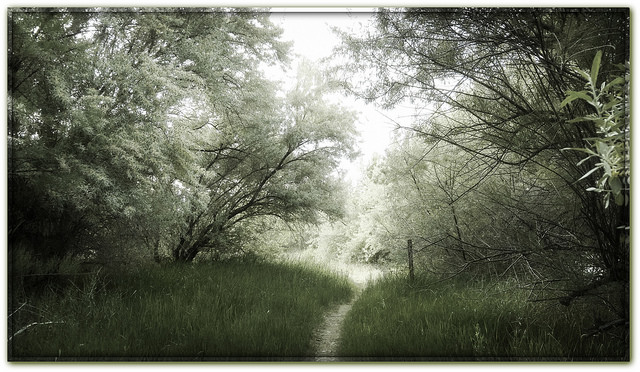Look out at the world around you, the world you apparently can detect through your five senses — the table, the street, the sound of a car passing by, a leaf falling from a tree, a voice calling out nearby, a blue vase on a windowsill, a letter or email you receive, a train’s whistle in the night — and a million more such things that come before us, that we think are real. But they are not real in the way we believe.
For a long time now quantum science has opened for us the scientific fact that we have no proof of this world’s existence without our consciousness of it. We actually have no proof, scientifically, of what exists beyond our physical eyes — they are but translators to the brain of data that apparently (and unproven) exists in time and space at a particular frequency. In physical terms, if we shift the frequency, what we “see” changes, which could account for access to alternate states. Then, physiologically, the brain reconstructs what we think we see based on only partial information. Imagine how absolutely individualized that process must be for every human being!
What we do see without question are representations of our inner consciousness, states of mind that we have created ourselves and expressed through our reactions to the world and everything in it. We may share these states with others, but they can change on the instant. People interpret what they see according to what they want to see, even if that wanting is subconscious and they are unaware of its inner origin and effect. Since 95% of our perception is subconscious, we can pretty well be assured we aren’t getting the whole picture about our own consciousness — unless we decide to become more aware of how our inner self sees.
The quickest way to become aware is noting what happens around you if you feel sad, angry or emotionally upset in any way, or by contrast, feel at peace, happy, and content. What is the state of the world you see then? Always, it reflects your state of consciousness, which changes constantly. But if certain emotions stay front and center, then your world collapses into the expression of those emotions. If you feel angry for an extended period of time, the outcome can be volatile in expression and engage you with inner suffering. If you feel gladness and joy for an extended period of time, your world expands and embraces all around you with compassion, tolerance, and love. You are the decider. Your world is the one you create.
Thus, if we create heart consciousness — if we cultivate compassion — we can begin to change the world — a world our headlines tell us has need of us in this way. We are so much more than we have conceived through our five senses until now. There is so much more within us to discover.
And each step towards this inner awareness and heart consciousness changes what we see, and therefore, what the world becomes.


